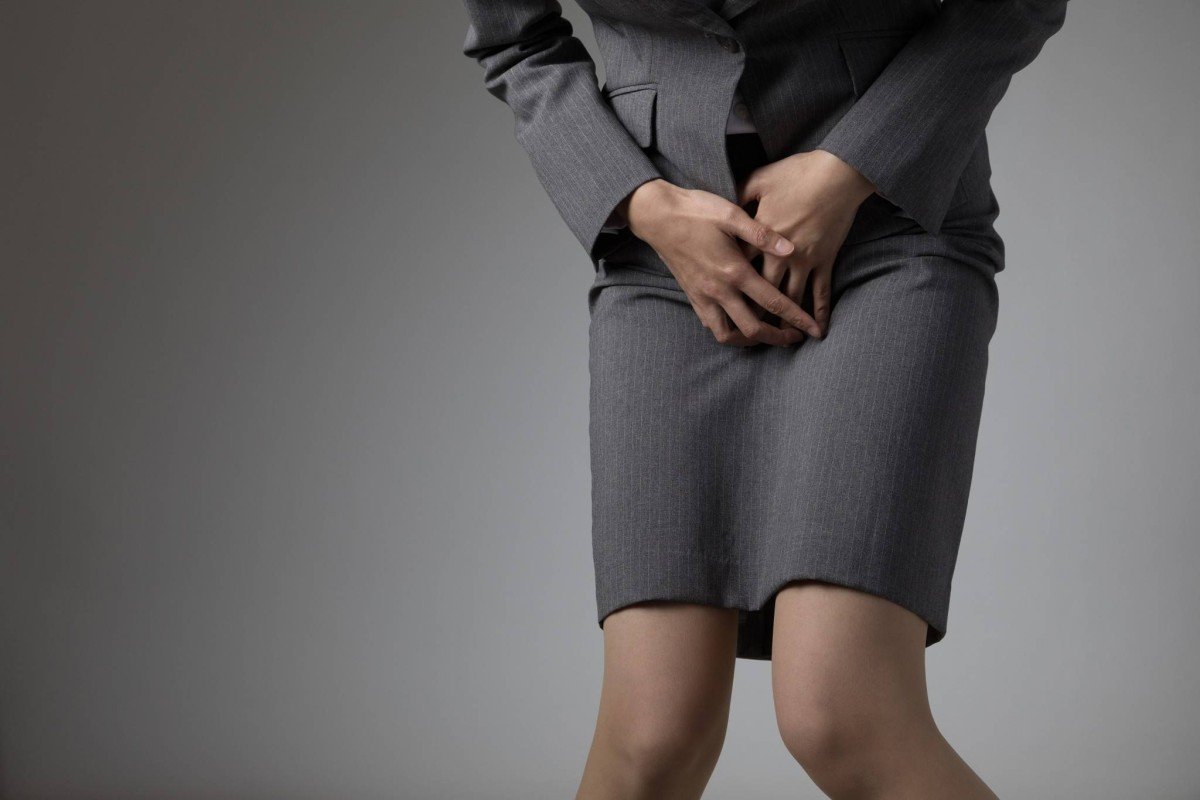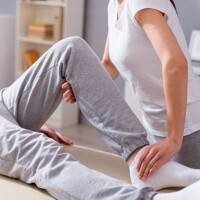
Some women may experience involuntary urine leakage when laughing, coughing forcefully, or sneezing. Even if the urinary incontinence is mild, it should not be taken lightly. Patients should seek medical attention and receive treatment as soon as possible to prevent the condition from worsening. Improving urinary incontinence is now very simple. Patients only need to sit on the Emsella chair, which emits high-intensity focused electromagnetic energy to help tighten the pelvic floor muscles. The process is not only painless, but also very safe.
Women of all ages can develop urinary incontinence, and the risk increases with age, Ms. Chan Wing-kwan, the Assistant Manager of the Rehabilitation Center at Hong Kong Adventist Hospital-Stubbs Road, explained that women who have given birth, are overweight, have constipation, or have chronic cough are more prone to pelvic floor muscle relaxation or organ prolapse, leading to urinary incontinence. Traditional treatments for urinary incontinence include pelvic floor muscle exercises, but this method is time-consuming and has limited effectiveness. Electrical stimulation therapy or pelvic floor muscle trainers involve the implantation of devices in the body, which are invasive and carry the risk of infection.
The Emsella chair introduced at the Hong Kong Adventist Hospital-Stubbs Road uses high-intensity focused electromagnetic (HIFEM) technology to stimulate the pelvic floor muscles located 10 centimeters deep within the body. During the treatment, patients can wear their daily clothes and sit on the Emsella chair for 28 minutes, which is equivalent to 12,000 pelvic floor muscle exercises. Ms. Chan stated that patients only need to undergo 6 to 8 treatments, and the effects can last for about 6 months. After the introduction of this equipment at the Hong Kong Adventist Hospital-Stubbs Road, 80% of the patients who used the Emsella chair saw significant improvements in their urinary incontinence.

















